A significant part of American history, Quincy, Massachusetts, stands as a testament to the enduring legacy of the past.
From its humble beginnings as a colonial settlement to its pivotal role in shaping the nation, Quincy’s narrative unfolds like a captivating saga, weaving together tales of triumph, innovation, and resilience.
Founded in 1625 and officially incorporated in 1792, Quincy boasts a storied past that mirrors the broader trajectory of American history.
Named after Colonel John Quincy, the grandfather of Abigail Adams, the city has served as a backdrop for significant events and remarkable figures throughout the centuries.
Exploring Quincy Massachusetts history is akin to embarking on a journey through time, where each cobblestone street and historic landmark whispers stories of yesteryears.
From its renowned granite quarries to its association with luminaries, Quincy stands as a living testament to the indomitable spirit of America’s past.
History of Quincy, Massachusetts
Here’s a glimpse into the rich history of Quincy, Massachusetts. From its pre-colonial roots to its emergence as a center of industry and a birthplace of presidents, Quincy’s story continues to inspire and resonate today.
Pre-Colonial Period to the Revolution
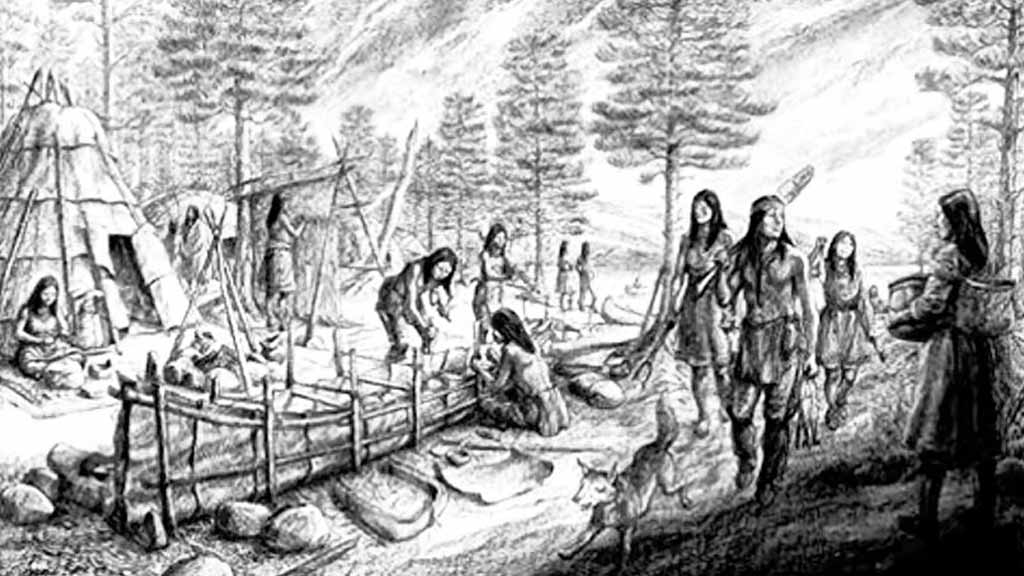
Long before European settlers arrived, Quincy was home to the Massachusett people, an Algonquian tribe who thrived for millennia on the land’s bounty.
The rich coastal soils and abundant resources of the harbor sustained their way of life. These same resources would later draw English Puritans to the area in the 1620s, forever altering the course of Quincy’s history.
Captain Wollaston established the first European settlement in 1625, naming it Mount Wollaston.
However, the settlement’s character shifted dramatically under the leadership of Thomas Morton. Morton, a flamboyant individual with views counter to the strict Puritan code, renamed the area “Merry Mount” and established a community known for its celebrations and more relaxed lifestyle.
This did not sit well with the Puritans, who ultimately exiled Morton in 1627 for defying their authority.
In 1640, the land became the north precinct of Braintree, a neighboring town. Throughout the 17th and 18th centuries, Quincy, then known as Braintree North Precinct, developed into a prosperous agricultural community. Its residents played a vital role in the growing tensions with British rule.
John Adams, a young lawyer who would later become the second President of the United States, hailed from Quincy.
Adams, along with other prominent figures like John Hancock, who would become the first and third signatories of the Declaration of Independence, was instrumental in shaping the fight for American independence.
Post-Revolution
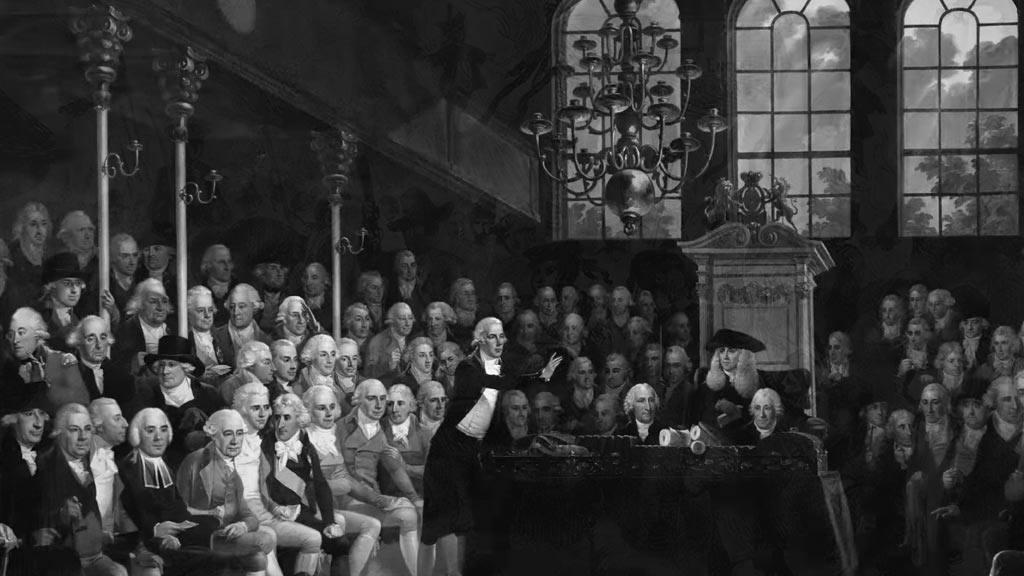
Following the American Revolution, the seeds of Quincy’s transformation were sown. In 1792, the Braintree North Precinct officially became the independent town of Quincy, named after Colonel John Quincy, the maternal grandfather of Abigail Adams and namesake of John Quincy Adams.
This period saw a surge in civic pride, with Quincy residents actively shaping their new municipality. The late 18th and early 19th centuries ushered in a new era for Quincy. The opening of the Old Colony Railroad in 1845 marked a turning point.
The ease of transportation spurred growth and solidified Quincy’s position as a desirable suburb of Boston.
This period also witnessed significant advancements in infrastructure, with the construction of new roads and bridges further connecting Quincy to the wider region.
Naming of the City
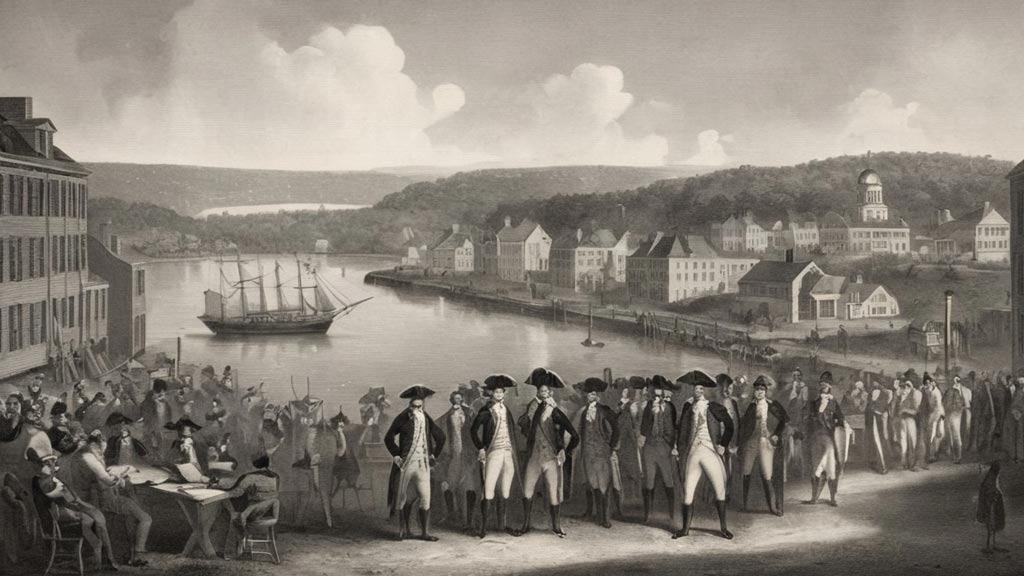
The naming of Quincy in 1792 is a story steeped in local history and family legacy. Colonel John Quincy, a prominent resident and respected figure, left a lasting impact on the community.
His grandson, John Quincy Adams, was destined to become a national icon. By naming the town after Colonel Quincy, residents not only honored a local leader but also foreshadowed the national prominence Quincy itself would achieve.
Founding Members
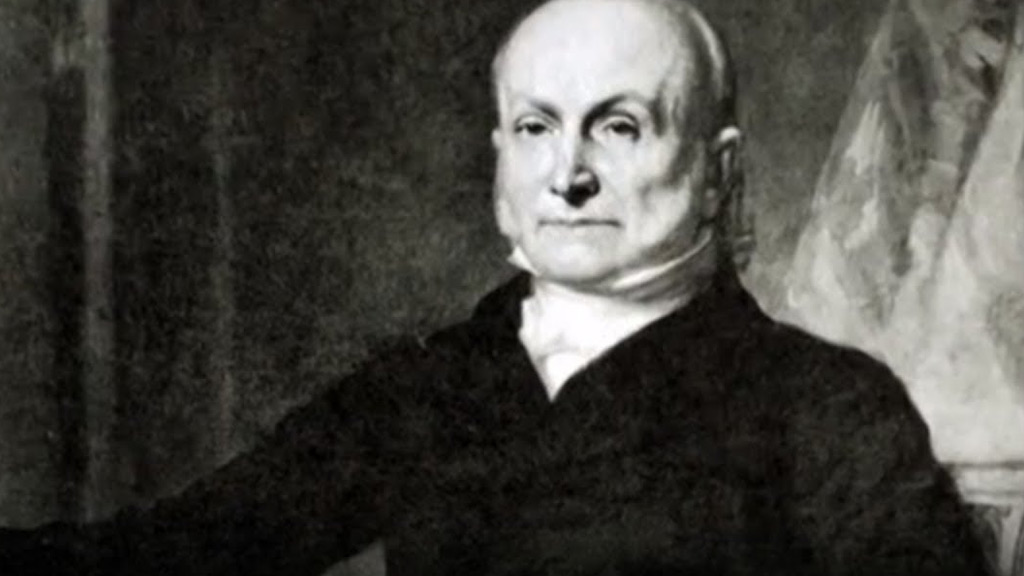
Quincy boasts an impressive list of “founding members” who played crucial roles in shaping the nation’s early years. John Adams, the fiery advocate for independence and second president, is undoubtedly the most famous.
His wife, Abigail Adams, stands as a pillar of strength and intellect, offering invaluable support and wise counsel during the revolutionary period.
John Hancock, another Quincy resident, played a pivotal role in the signing of the Declaration of Independence. These individuals, along with other lesser-known figures from Quincy, left an indelible mark on American history.
Shipbuilding Center
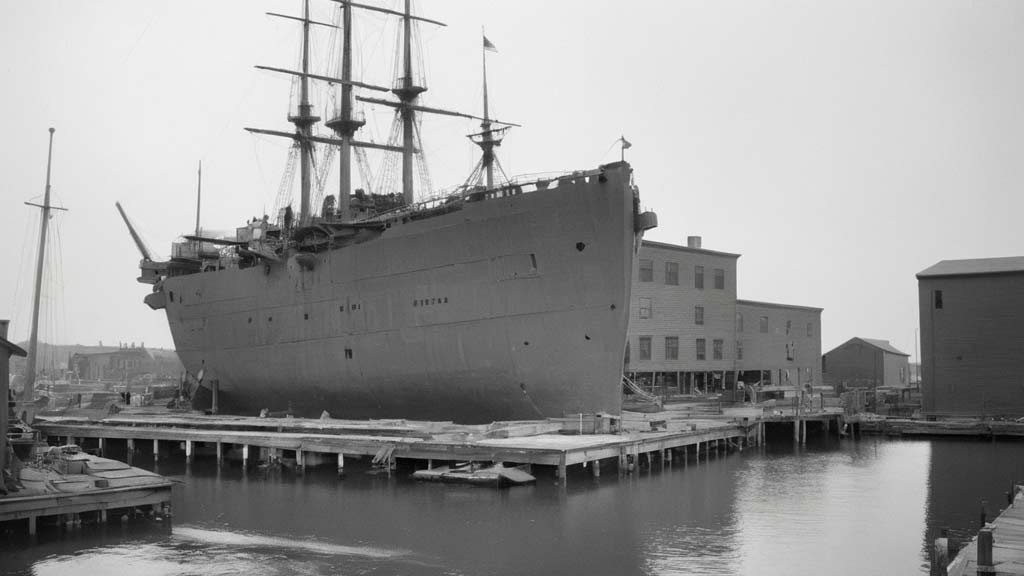
Quincy’s rise as a major shipbuilding center began in the mid-19th century. The city’s abundant granite resources proved perfect for constructing sturdy wharves and shipyards.
The Fore River Shipyard, established in 1883, became a powerhouse of American shipbuilding. Throughout the late 19th and early 20th centuries, the shipyard produced a wide range of vessels, from commercial ships to battleships for the U.S. Navy.
During World War I and World War II, the shipyard played a critical role in the war effort, churning out vital ships for the Allied forces.
Quincy’s shipbuilding industry not only contributed significantly to the nation’s economy but also fostered a sense of community pride and innovation.
How Significant Was Quincy, Massachusetts History in Americal Economy?
Quincy, Massachusetts, carved its niche in American economic history through several key contributions. While not the single biggest player, Quincy’s impact spanned centuries, leaving a lasting mark on various sectors.
Here’s a deeper dive into Quincy’s economic significance:
Early Contributions in Granite and Infrastructure
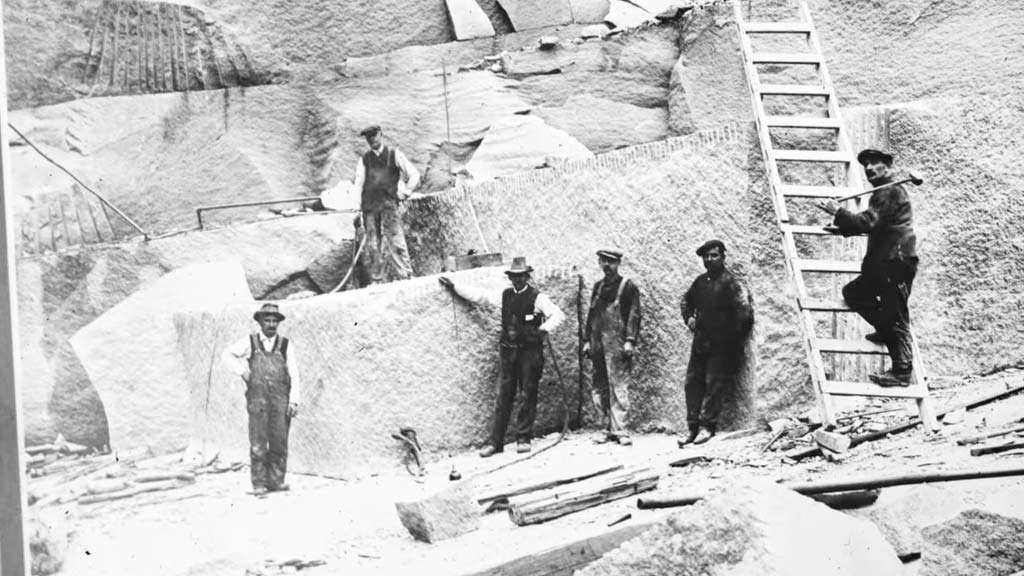
Quincy’s story begins with its abundant natural resource – granite. Even before the American Revolution, Quincy’s granite quarries were operational.
This hard-wearing stone became a valuable commodity, used in the construction of iconic landmarks like King’s Chapel and the Bunker Hill Monument in Boston.
The presence of granite not only spurred a local industry but also played a role in shaping the architectural landscape of the early American republic.
Quincy’s economic impact extended beyond granite. The town played a crucial role in the development of American infrastructure. Notably, the construction of the Granite Railway in 1826 holds immense significance.
Shipbuilding Powerhouse
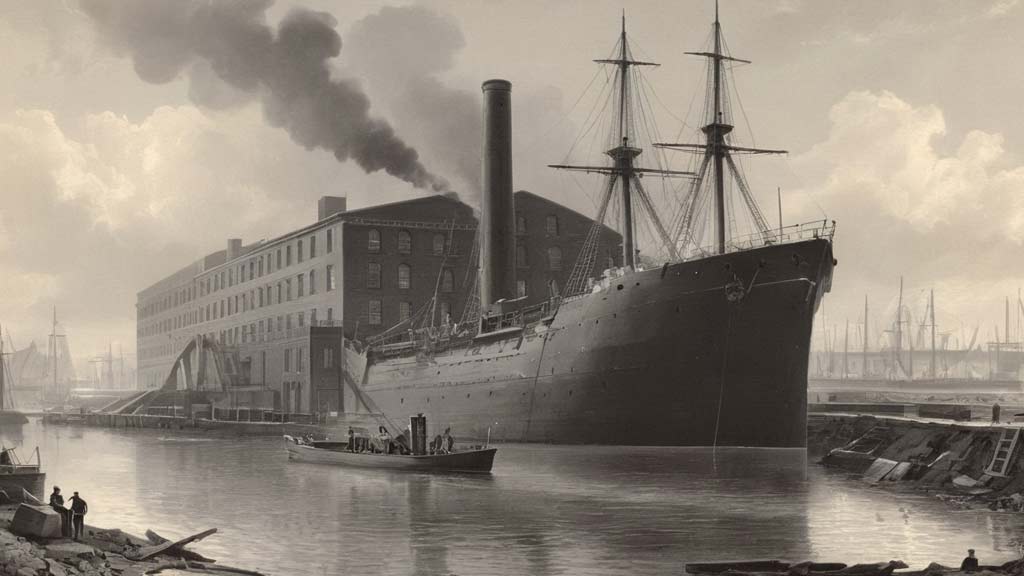
The mid-19th century marked a pivotal shift for Quincy’s economy. The city’s shipbuilding industry boomed, fueled by its access to granite and a skilled workforce. The Fore River Shipyard, established in 1883, became a national leader in shipbuilding.
Over the decades, the shipyard produced a diverse range of vessels, from commercial cargo ships to mighty battleships for the U.S. Navy.
During World Wars I and II, the shipyard played a critical role in the national defense, churning out essential warships that protected American interests and aided Allied forces.
Technological Innovation
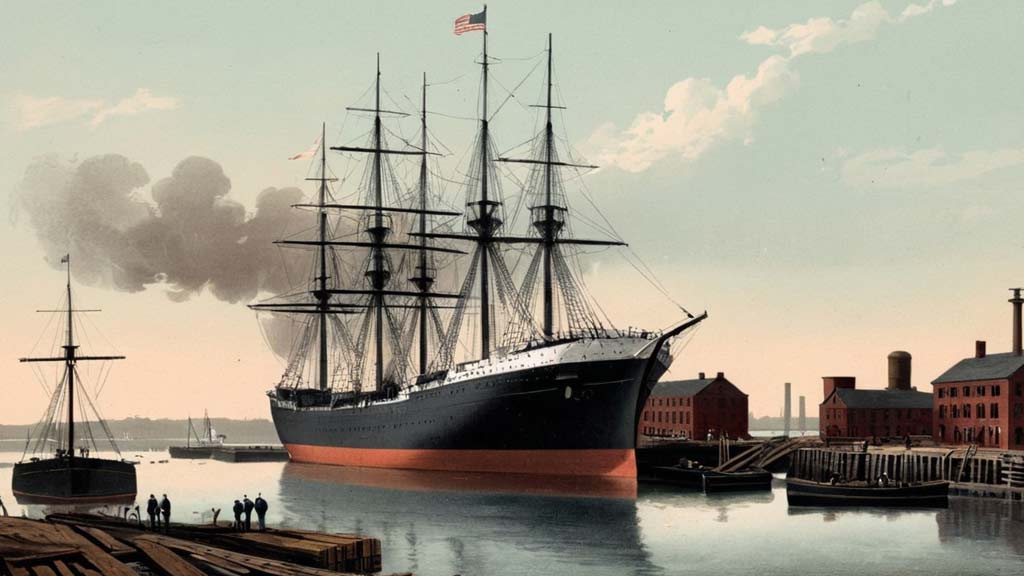
The constant push for better, faster ships spurred technological advancements in shipbuilding techniques and materials. Quincy’s shipyards became hubs of innovation, constantly refining their methods to meet the demands of a growing nation.
Employment and Prosperity
The shipbuilding industry provided a significant source of employment for Quincy residents. Skilled workers, engineers, and laborers all found opportunities within the shipyards.
This economic activity contributed to the overall prosperity of the city and surrounding areas.
Beyond Shipyards and A More Diversified Economy
While shipbuilding was a defining feature of Quincy’s economy, it wasn’t the only contributor.
The city fostered a diversified economic landscape. Early on, agriculture played a vital role, with residents cultivating the fertile land for sustenance and export.
As the city grew, industries like ironworks and later, the iconic Howard Johnson’s and Dunkin’ Donuts franchises, all added to Quincy’s economic tapestry.
A Legacy of Innovation and Industry
Quincy’s economic importance lies not only in its specific contributions but also in the spirit of innovation it embodied.
The city consistently adapted to changing economic landscapes, transitioning from resource extraction (granite) to infrastructure development (railroad) to a major center of shipbuilding and eventually evolving into a service-oriented economy.
This adaptability serves as a valuable example for other communities navigating economic shifts.
While the city’s shipbuilding industry closed in 1986, Quincy’s economic legacy endures. The skilled workforce, the spirit of innovation, and the strong work ethic fostered during its industrial heyday continue to shape the city’s economic landscape today.
Quincy serves as a reminder of the crucial role smaller cities can play in the larger narrative of American economic development.
FAQs
Who were the original inhabitants of Quincy?
Quincy’s history stretches back long before European settlers arrived. The Massachusett people, an Algonquian tribe, thrived there for centuries, living off the land’s abundant resources.
Why was Quincy named after John Quincy?
Quincy wasn’t named after the future president, John Quincy Adams, but rather his grandfather, Colonel John Quincy.
He was a prominent resident who left a lasting impact on the community. Naming the town after him honored a local leader and foreshadowed the national significance Quincy itself would achieve.
What role did Quincy play in the American Revolution?
While not the site of major battles, Quincy played a crucial role in the fight for independence. Founding figures like John Adams and John Hancock hailed from Quincy and were instrumental in shaping the revolutionary movement.
How did Quincy become a shipbuilding center?
Quincy’s rise as a shipbuilding powerhouse stemmed from its abundant granite resources. This hard-wearing stone was perfect for constructing sturdy wharves and shipyards.
The Fore River Shipyard, established in 1883, became a leader in American shipbuilding, producing everything from commercial ships to battleships for the U.S. Navy.
What was the significance of Quincy’s granite industry?
Quincy’s granite quarries weren’t just a local industry. The granite extracted there was used in iconic landmarks like the Bunker Hill Monument in Boston.
Furthermore, the construction of the Granite Railway, the first commercial railroad in the U.S., revolutionized the transportation of heavy materials and paved the way for future railroad development across the nation.
Conclusion
The tapestry of Quincy, Massachusetts history is a vibrant mosaic of resilience, innovation, and significance.
From its colonial roots to its pivotal role in the American Revolution and beyond, Quincy has left an indelible mark on the fabric of American history.
Its granite quarries, once the lifeblood of the city’s economy, stand as enduring monuments to its industrious spirit.
The legacies of John Adams, John Quincy Adams, and other illustrious figures continue to inspire reverence and admiration.
As Quincy evolves with the times, preserving its rich heritage remains paramount, ensuring that future generations can continue to glean wisdom and inspiration from its storied past.
By celebrating its achievements, acknowledging its challenges, and embracing its diversity, Quincy not only honors its history but also charts a course for a vibrant and inclusive future. In Quincy, the echoes of the past resonate with the promise of tomorrow.
Jaclyn Lowe